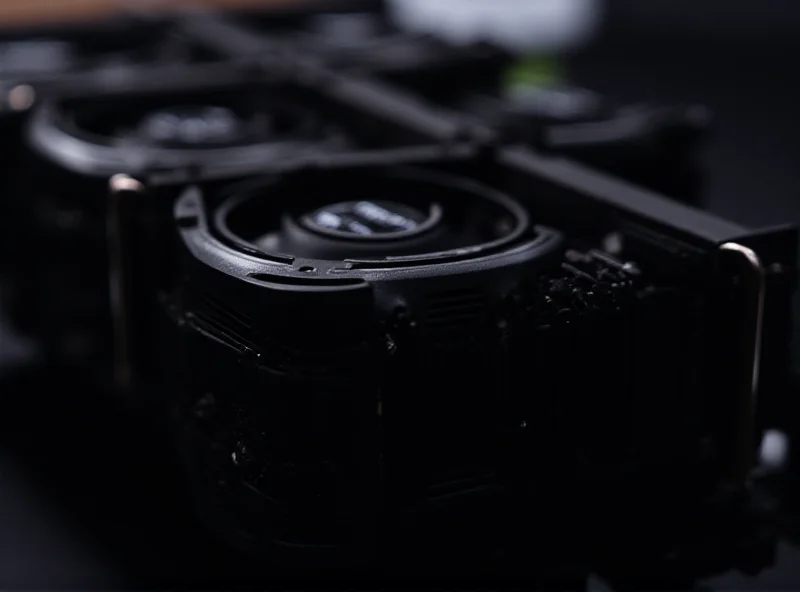The launch of Nvidia's RTX 50-series graphics cards has been anything but smooth. From rising prices and manufacturing defects to real-world performance benchmarks, there's a lot to unpack for gamers and PC enthusiasts eager to get their hands on the latest hardware. Here's a breakdown of the key developments.
Price Hikes and Market Realities
Nvidia's suggested retail prices (MSRP) for the RTX 50-series seemed ambitious to begin with, but MSI's recent price increases have widened the gap even further. VideoCardz.com reported that MSI bumped the price of its OEM RTX 5070 Ti Shadow 3X from $750 to $819.99. Similar increases affect other models, with the RTX 5080 now at $1,140 (vs. $1,000 MSRP) and the RTX 5090 reaching a staggering $2,400 (a $400 markup).
“It’s a perfect storm driving prices higher,” one analyst noted, citing factors like import tariffs, high demand from both PC gamers and the AI industry, and the usual markups from OEM manufacturers. These inflated prices give AMD and Intel an opening to capture market share with their more affordable offerings.

Manufacturing Defects and ROP Issues
Beyond the price woes, some RTX 50-series cards are plagued by manufacturing defects. CPU-Z, the popular system information tool, now alerts users if their cards are missing Render Output Units (ROPs). Nvidia's RTX 5090 should have 176 ROPs, and the 5070 Ti should have 96, but some users are finding cards with eight ROPs missing. This results in measurably reduced performance.
According to Nvidia, this "anomaly" only affected 0.5% of the initial RTX 5090 and 5070 Ti batches and has since been corrected. If you suspect your card is affected, run the latest version of CPU-Z and use its validation feature. The tool will display a bright purple warning if the ROP count doesn't match specifications. Nvidia covers this defect under warranty, though the return process can be frustrating.
Fortnite Benchmarks: Real-World Performance
So, how do these cards actually perform in games? PCWorld recently benchmarked the RTX 5090, 5080, 5070, and 5070 Ti in Fortnite at 4K resolution using competitive settings. The results were largely as expected, with performance scaling alongside price and power.

The RTX 5070, while considered "cheap" at $550 (if you can find it at that price!), still managed to achieve over 150 FPS, making it a solid upgrade option for gamers. “It is in absolutely no way, shape, or form the equivalent of a 4090,” the PCWorld reviewer noted, “But it is promising if you’re looking to upgrade your gaming PC, specifically for one of the most popular multiplayer shooters on the planet.”

The RTX 50-series launch has been a mixed bag. While the cards offer impressive performance, inflated prices and potential manufacturing defects present significant challenges for consumers. Gamers will need to carefully weigh their options and stay informed to make the best decision.
